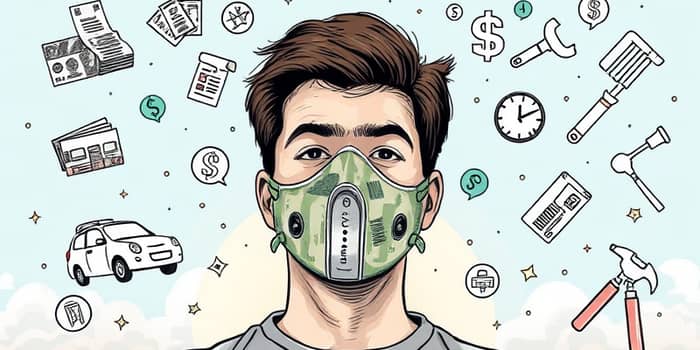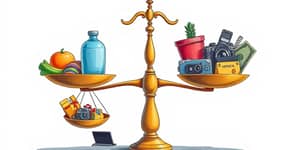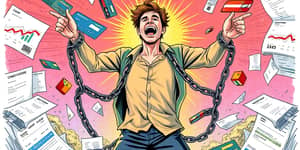
In an unpredictable world, financial emergencies can strike without warning.
Just as an airplane’s oxygen mask provides life-saving support at high altitudes, an emergency fund acts as your personal financial safety net when circumstances deteriorate.
By understanding the purpose, size, and maintenance of this fund, you empower yourself to avoid reliance on credit or draining long-term savings and regain control during crises.
An emergency fund is a savings buffer reserved exclusively for unforeseen needs. It is a dedicated account specifically set aside to cover costs that arise suddenly, from minor car repairs to major medical bills.
Think of it like the oxygen mask on a flight: you place it on yourself first to stabilize your breathing, then you can assist those around you. Similarly, securing your finances early prevents panic and enables swift action.
Life can present a variety of financial shocks. An emergency fund shields you from the full impact of events that would otherwise derail your budget and force you to take on high-cost debt.
Common scenarios include:
Without this safety net, you risk tapping into retirement accounts, vacation savings, or credit cards with steep interest rates, whereas a solid buffer prevents spirals of high-interest payments. Instead of worrying about bills, you can focus on recovery and next steps.
Determining the right size for your fund depends on personal circumstances such as employment stability, dependents, and income variability. Financial experts commonly recommend building reserves to cover three to six months of living expenses.
For example, if your essential spending totals $2,000 per month, you should aim for $6,000 to $12,000 in your emergency fund. Consider Bob, who sets aside $500 each month. In a year, he accumulates $6,000 to cover a three-month cushion.
However, a low-barrier starting point of even $500 can resolve many small crises. By saving just $10 a week, you will exceed $500 after a year, creating momentum for larger goals.
Starting and maintaining an emergency fund can feel daunting, especially when you have competing financial priorities. Below are strategies to help you make steady progress:
Accessibility is vital for an effective emergency fund. You need to reach your savings quickly without penalties or waiting periods. Consider the following options:
- High-yield savings accounts that combine liquidity and competitive interest.
- Money market accounts with check-writing privileges and modest returns.
- Online savings platforms offering quicker transfers than traditional banks.
Keep these reserves separate from everyday checking or investment accounts to resist temptation and differentiate between long-term goals and emergency reserves.
Building a safety net is one thing; preserving it requires discipline and foresight. Avoid these pitfalls:
A well-funded emergency reserve does more than stabilize finances; it cultivates peace of mind. Knowing you can weather a storm without derailing future plans reduces anxiety and enhances mental well-being.
With your financial oxygen mask in place, you can pursue ambitious goals—like starting a business or changing careers—with less fear of sudden setbacks. This emotional resilience is as valuable as the money itself.
An emergency fund is not a sign of pessimism; it is a declaration of preparedness and self-care. By prioritizing liquidity for unexpected events, you maintain control over your financial journey.
Begin today, no matter how small the deposit, and keep building until you reach your target. When crises arise, your emergency fund will serve as your financial oxygen mask, allowing you to breathe easier and focus on recovery.
References













